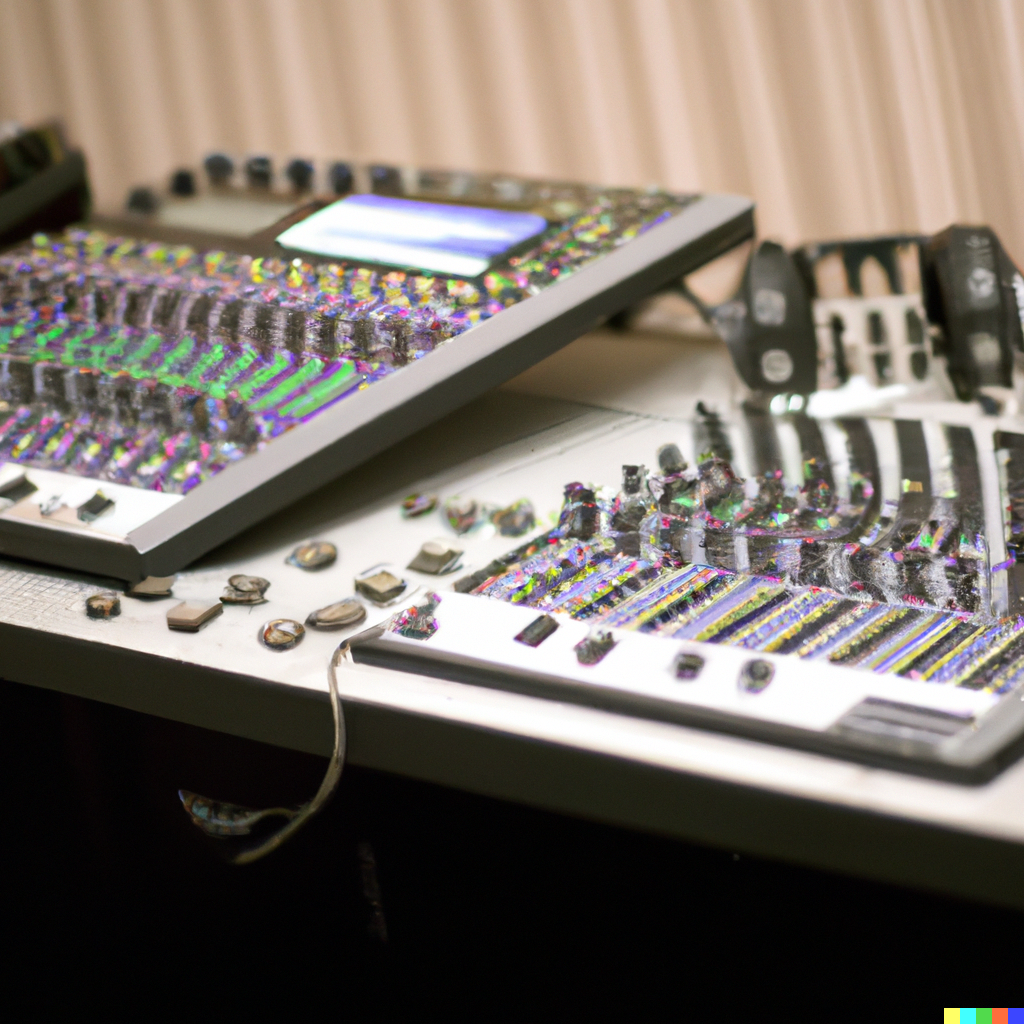Studio Monitors: A Comprehensive Guide to Understanding and Choosing the Best Ones
If you’re a music producer, sound engineer, or musician, you know how important it is to have accurate and reliable monitoring. Studio monitors, also known as reference monitors, are a crucial tool for any professional or amateur working in the music industry. In this guide, we’ll cover everything you need to know about studio monitors, from their history and types to how to choose the best ones for your needs.
Table of Contents
- What are Studio Monitors?
- The History of Studio Monitors
- Active vs. Passive Studio Monitors
- Near-Field vs. Far-Field Studio Monitors
- Two-Way vs. Three-Way Studio Monitors
- Frequency Response and Sound Quality
- Understanding Decibels (dB) and SPL
- Room Acoustics and Studio Monitors
- Placement and Positioning of Studio Monitors
- How to Choose the Best Studio Monitors for Your Needs
- Top Studio Monitor Brands
- Maintenance and Care for Studio Monitors
- Studio Monitors vs. Headphones
- Common Studio Monitor Myths Debunked
- Conclusion
1. What are Studio Monitors?
Studio monitors are a type of speaker specifically designed for use in recording studios, broadcast studios, and other professional audio environments. They are used to accurately reproduce sound with a flat frequency response, meaning that they do not artificially boost or cut certain frequencies to make music sound more pleasing. Instead, they aim to provide a faithful reproduction of the audio as it was recorded, allowing engineers and producers to make accurate judgments about the sound.
2. The History of Studio Monitors
The first studio monitors were invented in the 1940s by Walter H. Sennheiser, a German engineer who also founded the famous audio company that bears his name. The earliest studio monitors were based on high-quality Hi-Fi speakers, but they were modified to have a flatter frequency response and better dispersion. Over time, studio monitors became more specialized and advanced, incorporating new technologies like active amplification and digital signal processing.
3. Active vs. Passive Studio Monitors
There are two main types of studio monitors: active and passive. Passive studio monitors require an external amplifier to power them, while active studio monitors have a built-in amplifier. Active studio monitors are more common because they are easier to set up and often offer better sound quality.
4. Near-Field vs. Far-Field Studio Monitors
Studio monitors can also be classified as either near-field or far-field. Near-field monitors are designed to be placed close to the listener, typically on a desk or a stand. They are ideal for small rooms and home studios. Far-field monitors, on the other hand, are larger and more powerful, and are designed to be placed at a greater distance from the listener. They are better suited for larger rooms and commercial studios.
5. Two-Way vs. Three-Way Studio Monitors
Another way to categorize studio monitors is by the number of drivers they have. Two-way monitors have a woofer and a tweeter, while three-way monitors have a woofer, a midrange driver, and a tweeter. Three-way monitors are more complex and typically more expensive, but they can offer better accuracy and detail in the sound.
6. Frequency Response and Sound Quality
The frequency response of a studio monitor refers to its ability to accurately reproduce all frequencies in the audio spectrum. A flat frequency response is considered ideal, as it means that no frequencies are being emphasized or de-emphasized. Sound quality is also a critical factor to consider when choosing studio monitors, as it determines how accurately they can reproduce the audio and how well they can reveal any flaws or imperfections in the mix.
7. Understanding Decibels (dB) and SPL
Decibels (dB) and Sound Pressure Level (SPL) are important concepts to understand when working with studio monitors. This section will explain what they are and how they relate to studio monitoring.
8. Room Acoustics and Studio Monitors
The acoustics of your room can have a significant impact on the sound quality you hear from your studio monitors. This section will explain how to optimize your room acoustics and how to choose studio monitors that work well in your space.
9. Placement and Positioning of Studio Monitors
Where you place your studio monitors and how you position them can have a significant impact on the sound quality you hear. This section will provide tips and guidelines for optimizing the placement and positioning of your studio monitors.
10. How to Choose the Best Studio Monitors for Your Needs
Choosing the best studio monitors for your needs can be a challenging task. This section will provide guidance on the key factors to consider when selecting studio monitors, such as frequency response, power, and size.
11. Top Studio Monitor Brands
There are many brands of studio monitors on the market, each with their strengths and weaknesses. This section will highlight some of the top studio monitor brands and what makes them stand out.
12. Maintenance and Care for Studio Monitors
Proper maintenance and care can help ensure that your studio monitors perform at their best and last for many years. This section will provide tips on how to clean and maintain your studio monitors.
13. Studio Monitors vs. Headphones
While studio monitors are the preferred tool for many audio professionals, headphones can also be a useful alternative. This section will compare and contrast studio monitors and headphones and provide guidance on when to use each.
14. Common Studio Monitor Myths Debunked
There are many myths and misconceptions surrounding studio monitors. This section will dispel some of the most common myths and provide accurate information to help you make informed decisions about studio monitors.
15. Conclusion
In conclusion, studio monitors are a critical tool for anyone working in the music industry. By understanding the different types of studio monitors and the key factors to consider when selecting them, you can make informed decisions and ensure that you have accurate and reliable monitoring.

Leave a Reply